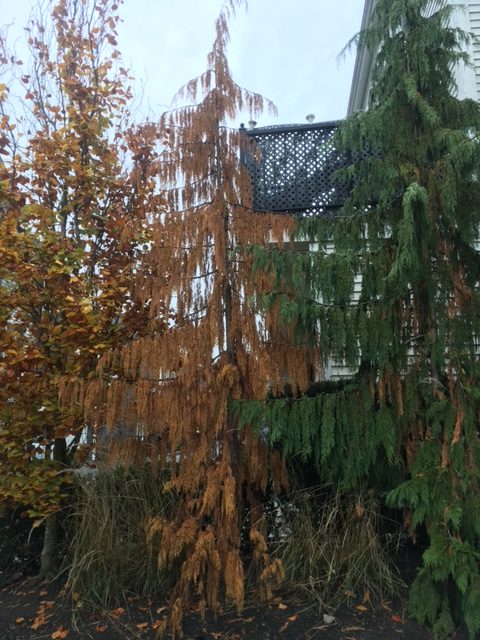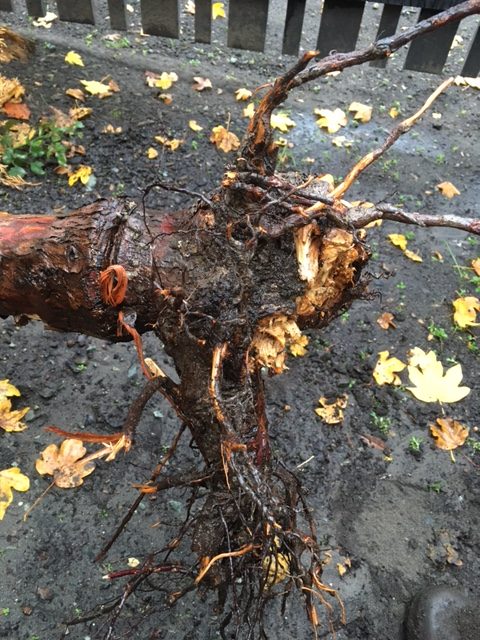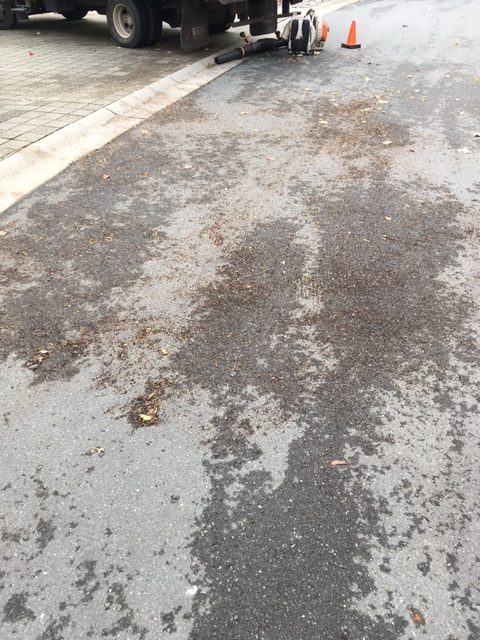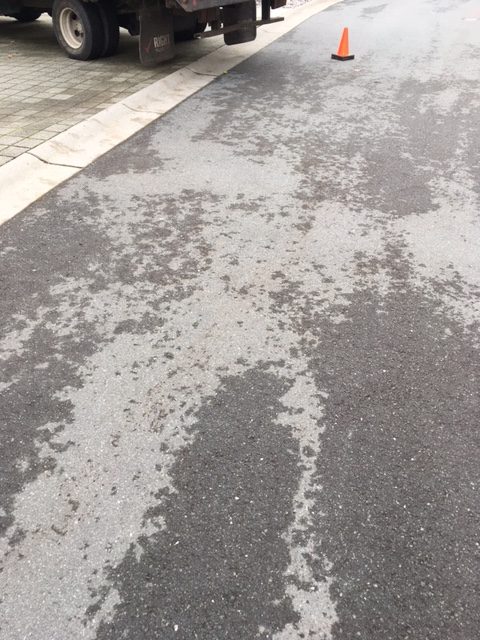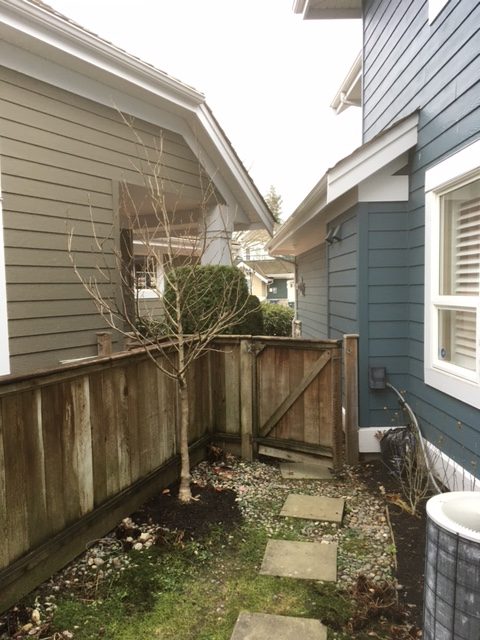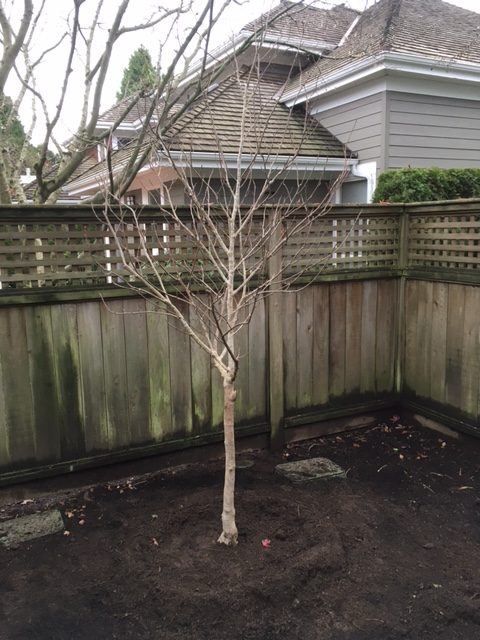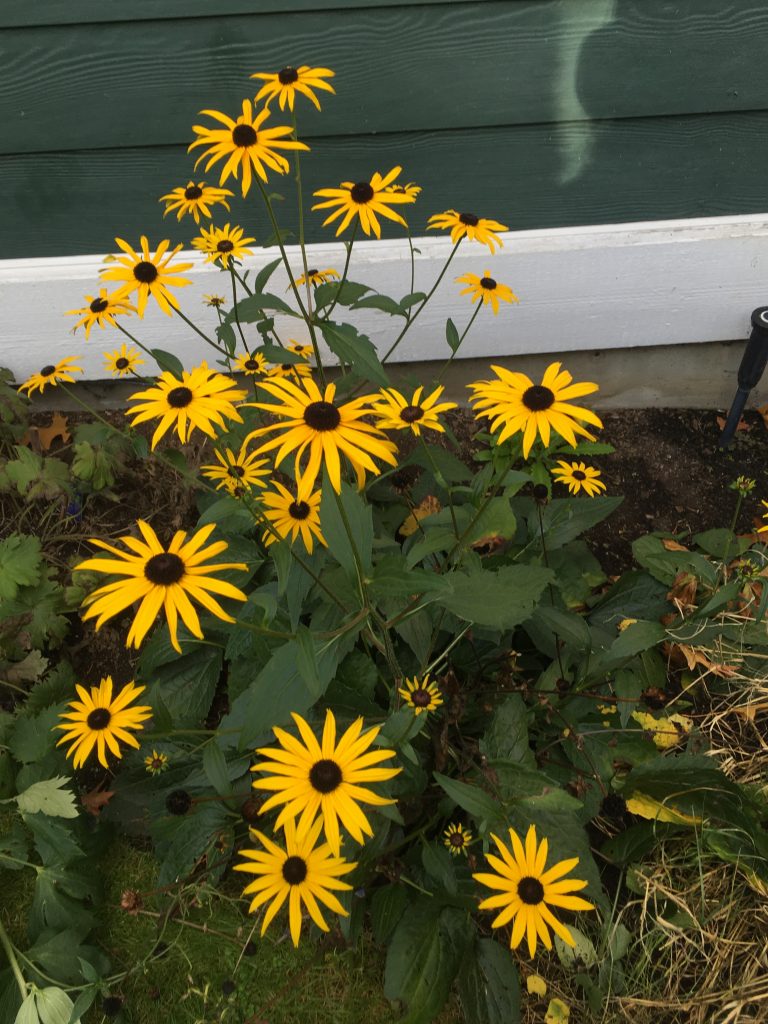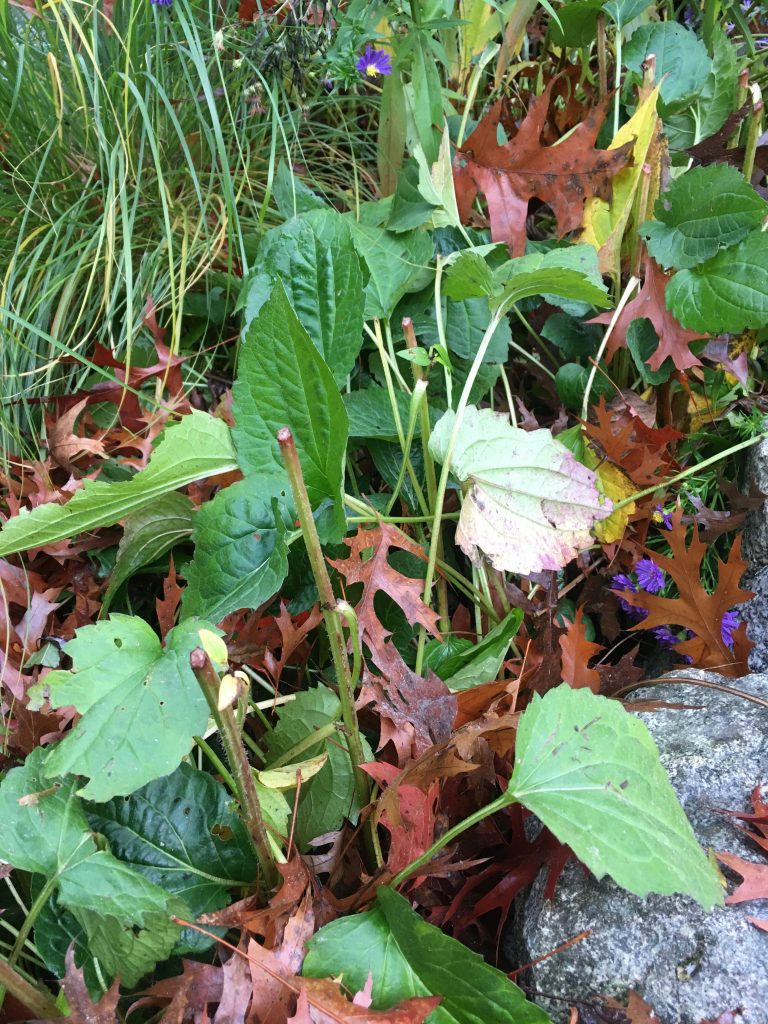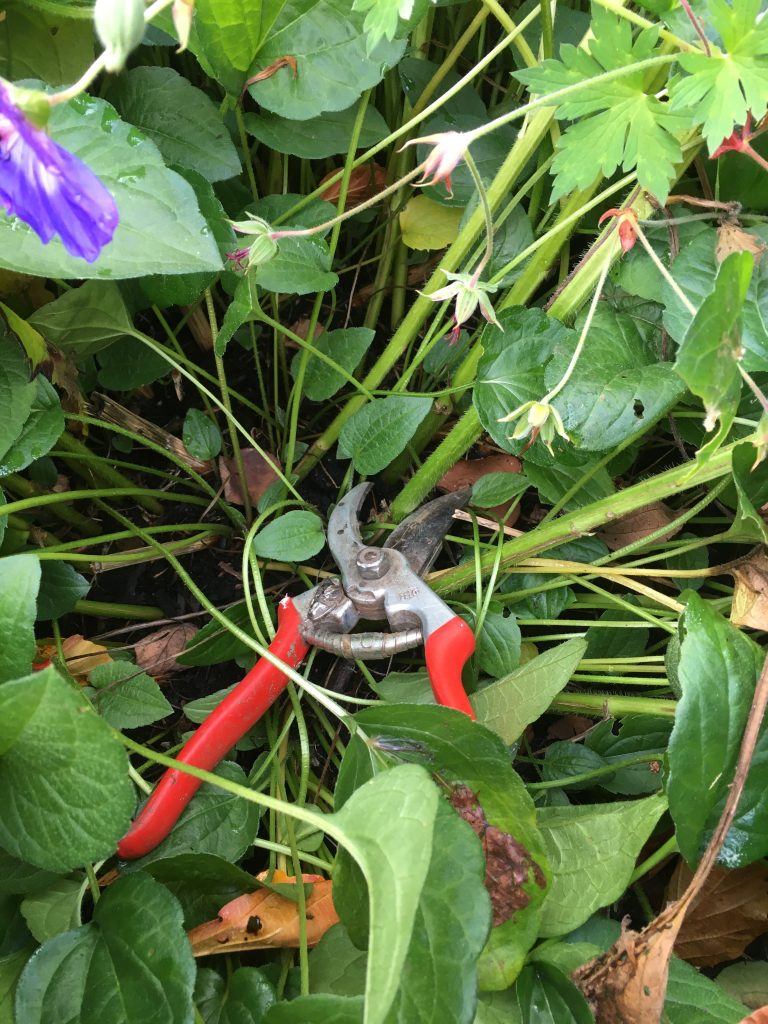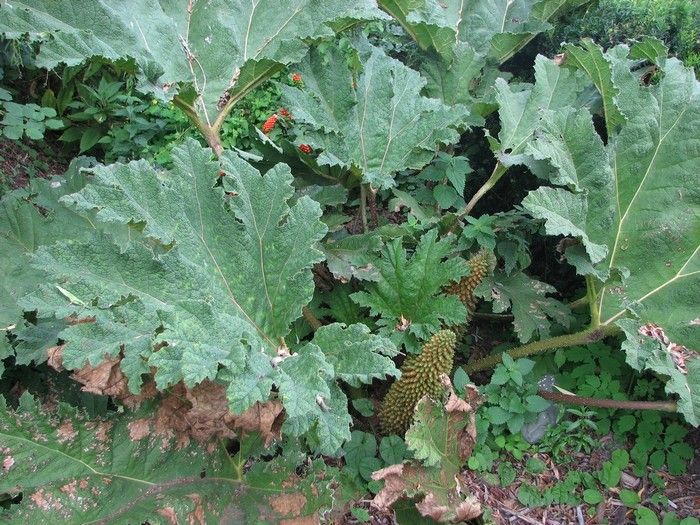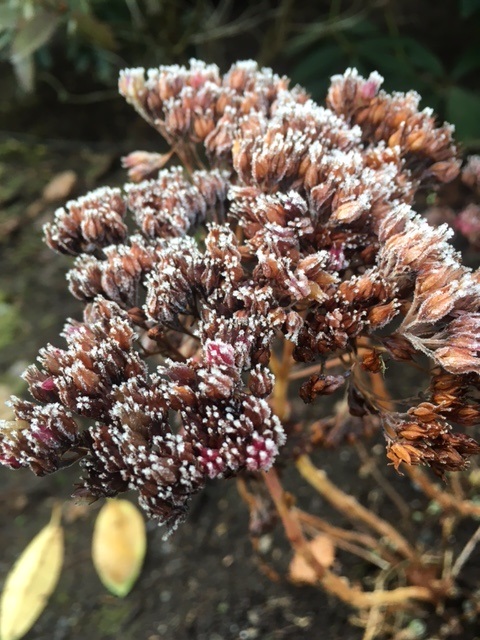Leaf clean up over. Now what?
As I look outside on the first December 2021 weekend, all I see are bare trees in the park across the street. Sadly, the fall color show is over. Now what?
Fear not! I’m about to show you some color you can see in the landscape right now. Go outside without your smartphone and pay attention. You might be surprised. Like I was, when I first encountered Viburnum bodnantense in the winter landscape.
At first, I thought it was a mistake. Bare brown branches sporting small clusters of white flowers. Seriously? I had to look it up to believe it.
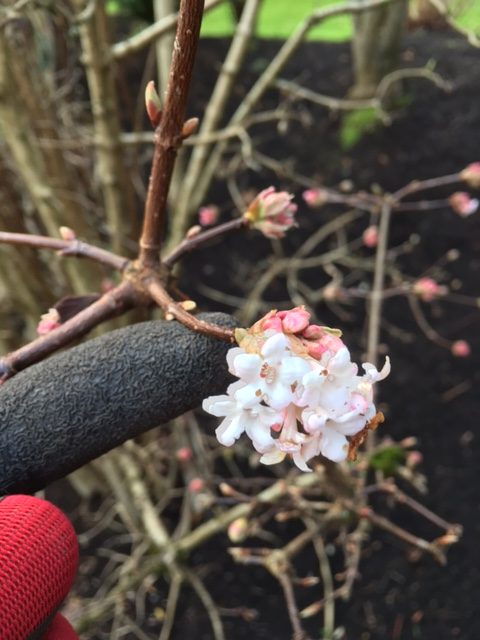
Fatsia japonica also flowers in winter. I still remember entering a sad looking yard on an old strata site and there it was, a specimen of Fatsia japonica with its white flowers. Again, I thought it was a mistake. Something about micro-climates.
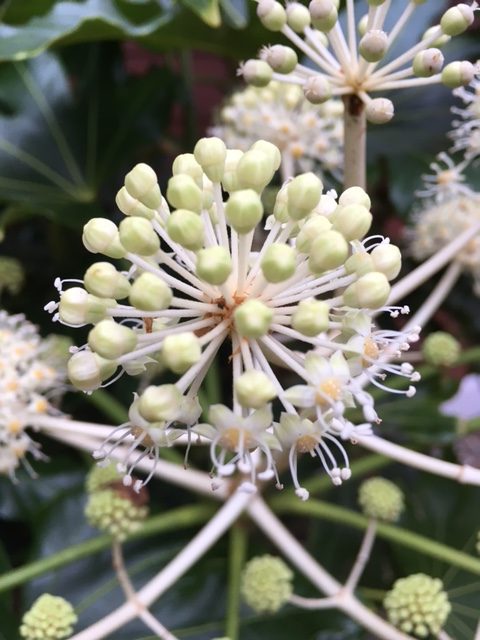
Camellias are also flowering now and they’re stealing the show.
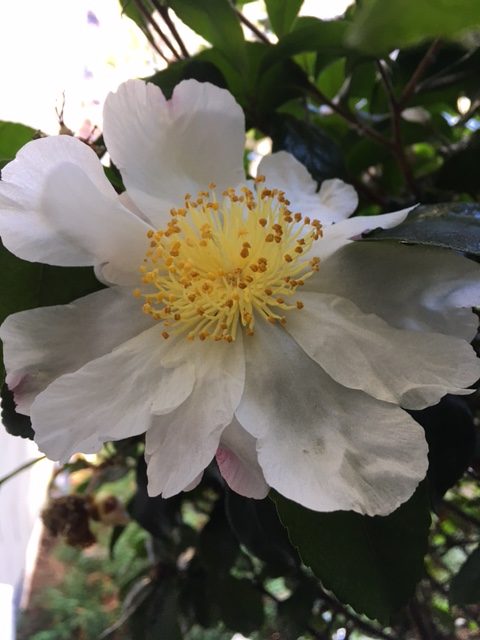
Strawberry trees (Arbutus unedo) are also fun to look at with their edible strawberries. No, I’ve never tried them.
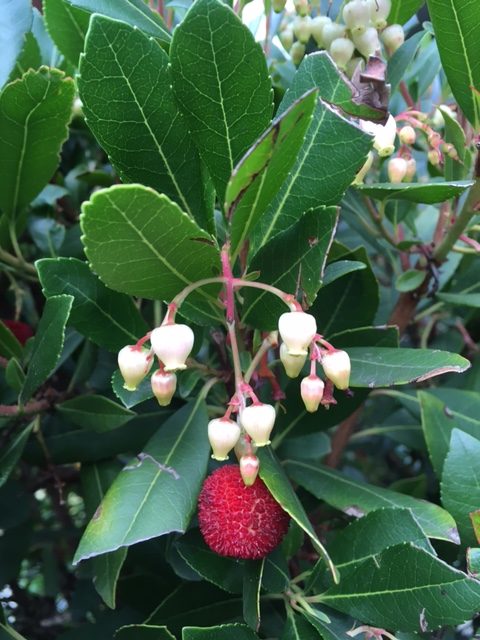
Here’s a combination I discovered by a water feature. Red Pyracantha and purple Callicarpa.
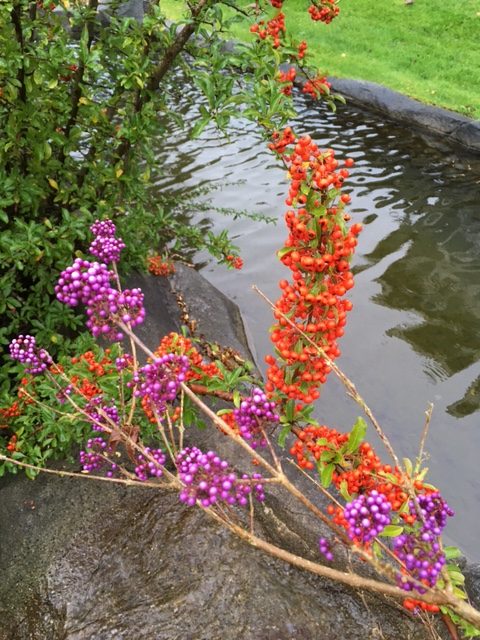
Heavenly bamboo (Nandina domestica) is also hard to miss.
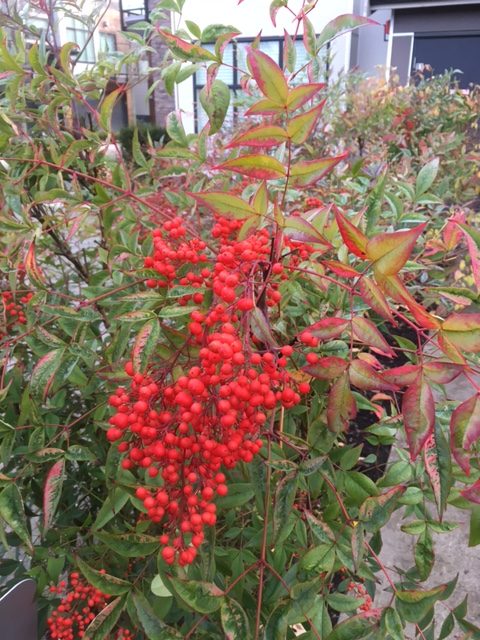
Hellebores can lighten up a shady corner.
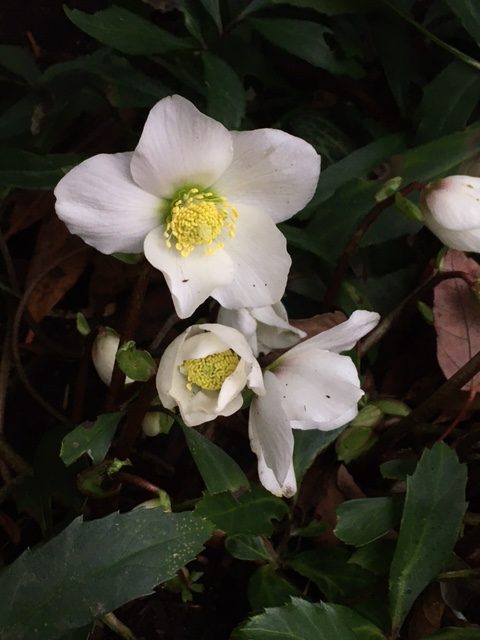
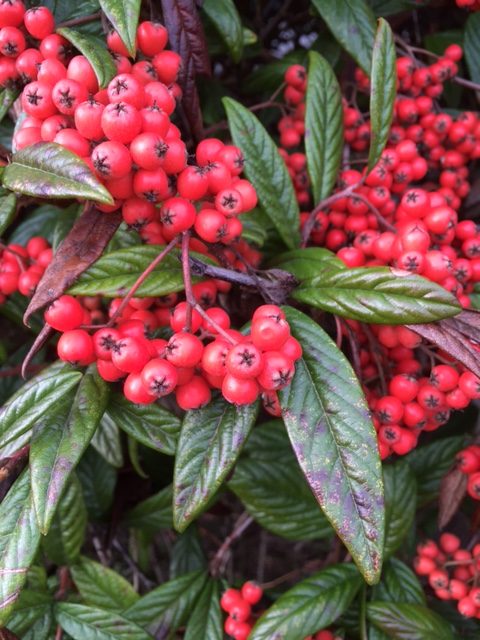
Yew cones (Taxus) are also cute.
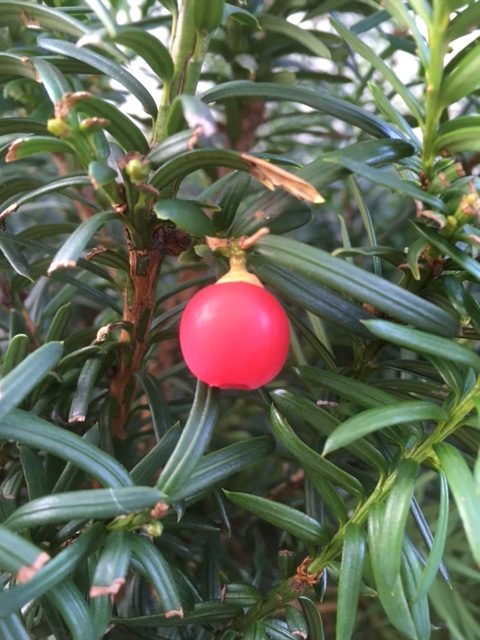
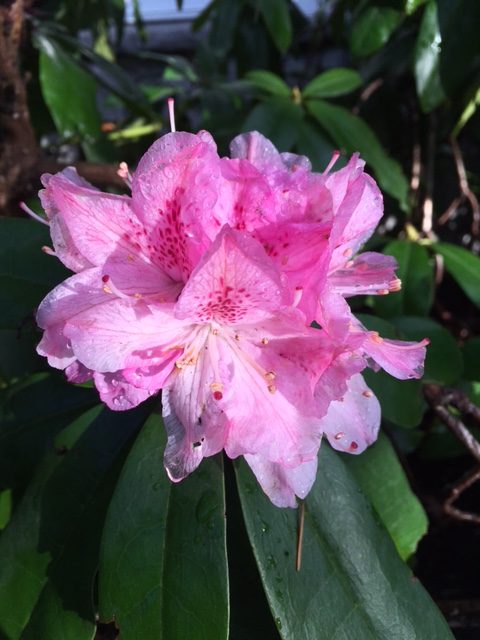
I shot the above pictures while working out in the landscape. I’m sure your own gardens have some winter color. Enjoy it while you can.


